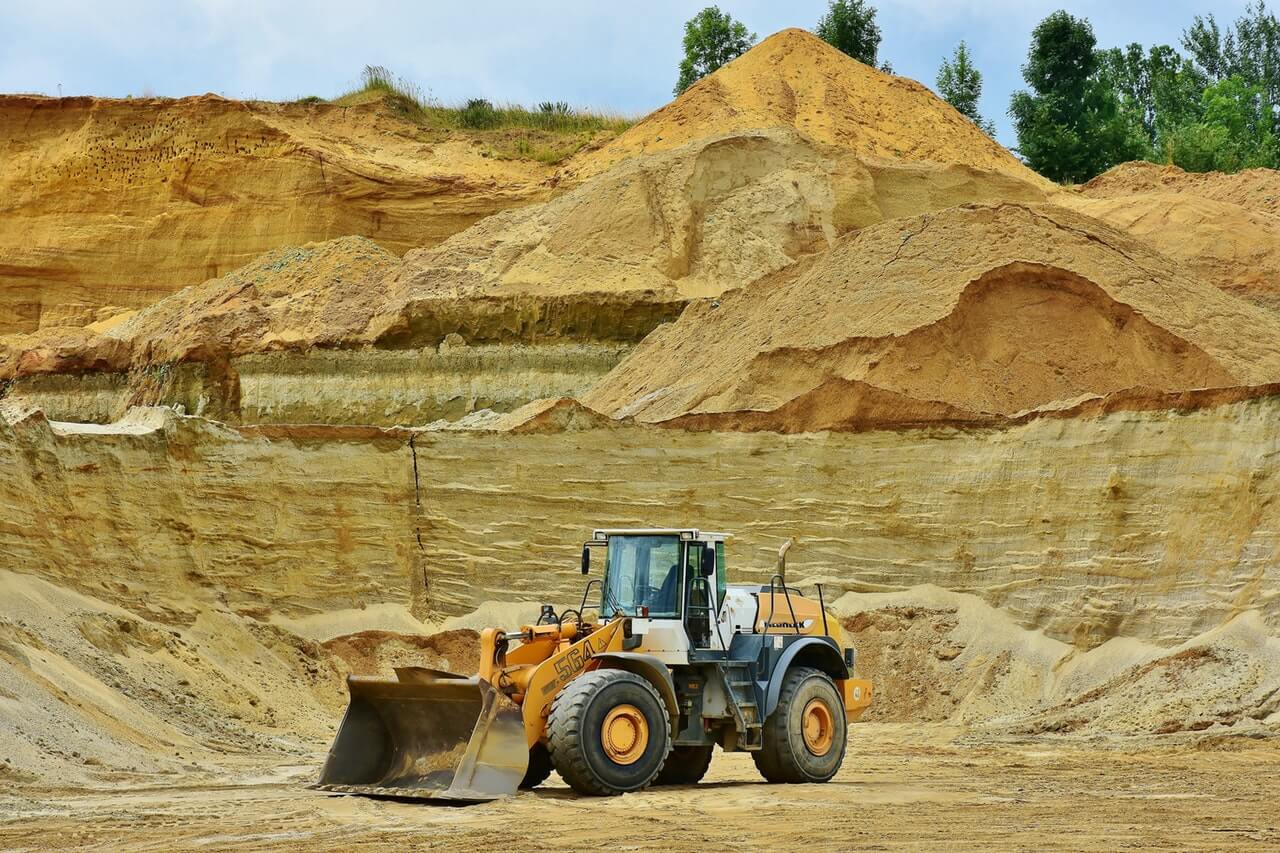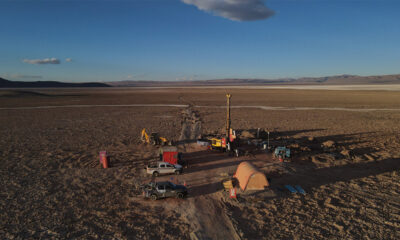Business
The biggest, most amazing mines in British Columbia—and their impact on the global industry
The best mines are found in British Columbia, and these have quite the impact on the industry on a global scale.

Mention the province British Columbia in Canada, and the mining sector immediately comes to the minds of many. The former is one of the main revenue generators of the latter and a source of its pride because it is inextricably linked to its history and its rise as one of the pillars of the Canadian economy. According to British Columbia in a Global Context, the other sectors that can claim the same distinction are forestry and fisheries.
The mining industry remains one of the crown jewels since its launch in the middle of the 19th century when the gold rush triggered the opening of dozens of mining explorations, all eager to cash in on the new discovery. The gold rush has long since ended, but British Columbia’s leadership in the global mining industry remains secure and solid. Copper, lead, and zinc are now the main ores mining companies are digging out, processing, refining, and distributing to an industrial world that badly needs them to fortify energy platforms, metal devices, and construction projects.
PwC reports that the British Columbian mining sector posted revenues of $7.7 billion in 2015, a drop from $8.2 billion of the previous year. Still, the region remains a wide ray of hope for mining exploration companies and their target markets, considering continuing reports of other international mining forays closing shop. As a result, the supplies of needed base metals like zinc are perceived to be endangered.
The stability of the British Columbian mining sector can be gauged by its so-called recent silence as far as lobbying is concerned. As reported by the Alaska Highway News, the mining companies and their advocates are the first to loudly and visibly knock on the doors of the government to air their issues should something, or anything at all, appears to threaten their operations. A list of potential risks could include an unnecessary and long bureaucratic process that can slow down mining ventures. The current quiet state of the industry implies that its major players at least perceive that things are going well and that there are no reasons to raise an outcry.

In 2015, the mining industry of British Columbia recorded $7.7 billion worth of revenues. (Source)
Thus, the mining continues, auguring security and at least continued supplies of precious metals for countries around the world, as well as British Columbia’s own neighborly states. Mining.com calls attention to the following mining projects which have been supporting the industry for years, leading its progressive development, or both. Regardless of their age, longevity, and resources, all of them hold promise for the British Columbian mining industry and its business sustainability.
The Fording River mine in Elkford is one of the top performers in the region. It generated $1.45 billion in revenues in 2012 mainly through its production of met and thermal coal. There is still much to be mined in the 20,304 hectares located in the southeastern part of British Columbia. Teck Resources, which is spearheading mining operations in the mine, have combed roughly only a fifth of the area or 4,263 hectares. This is barely scratching the tip of the proverbial iceberg. Analysts are optimistic that the rest of the area will continue to yield a lot of the needed coal as the mining continues.
The Gibraltar open pit mine near Williams Lake is among the busiest in British Columbia, and visitors can be forgiven if they liken it to the mining equivalent of Silicon Valley. Copper and molybdenum are being mined in the area, which consists of 109 square kilometers. Revenues have reached at least $338 million in the past few years. Taseko Mines Limited, which pioneered the projects in Gibraltar, has created seven separate zones that have been yielding their ores for the past three decades. It still possesses 30 mining leases and 251 mineral claims. Activity is non-stop, and the energy and excitement all over the place are palpable.
Should copper be suddenly placed on the list of fast-depleting metals, a solid hard look at Gibraltar would allay any anxiety.
The British Columbian mining sector has proven to be resilient in its more than 300 years of existence. Mineral depletion, stock fluctuation, and reports of scarcity can send jitters around the world, but a look at these two mines should show that the industry still has a future and is standing in solid, secure ground.

-

 Crowdfunding1 week ago
Crowdfunding1 week agoPMG Empowers Italian SMEs with Performance Marketing and Investor-Friendly Crowdfunding
-

 Markets5 days ago
Markets5 days agoMarkets Wobble After Highs as Tariffs Rise and Commodities Soar
-

 Markets2 weeks ago
Markets2 weeks agoThe Big Beautiful Bill: Market Highs Mask Debt and Divergence
-

 Africa2 days ago
Africa2 days agoORA Technologies Secures $7.5M from Local Investors, Boosting Morocco’s Tech Independence


























You must be logged in to post a comment Login